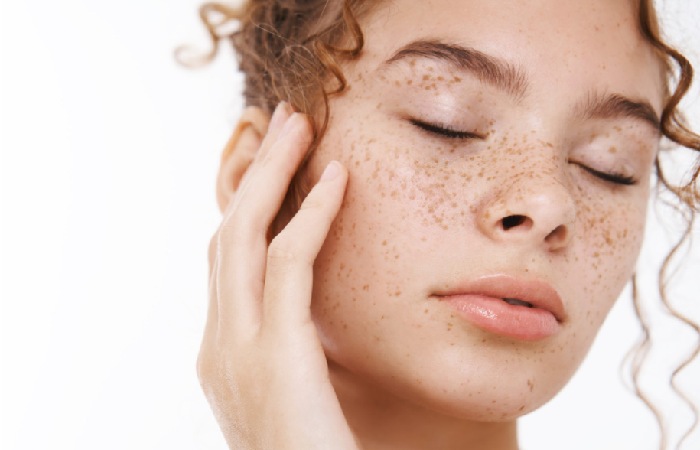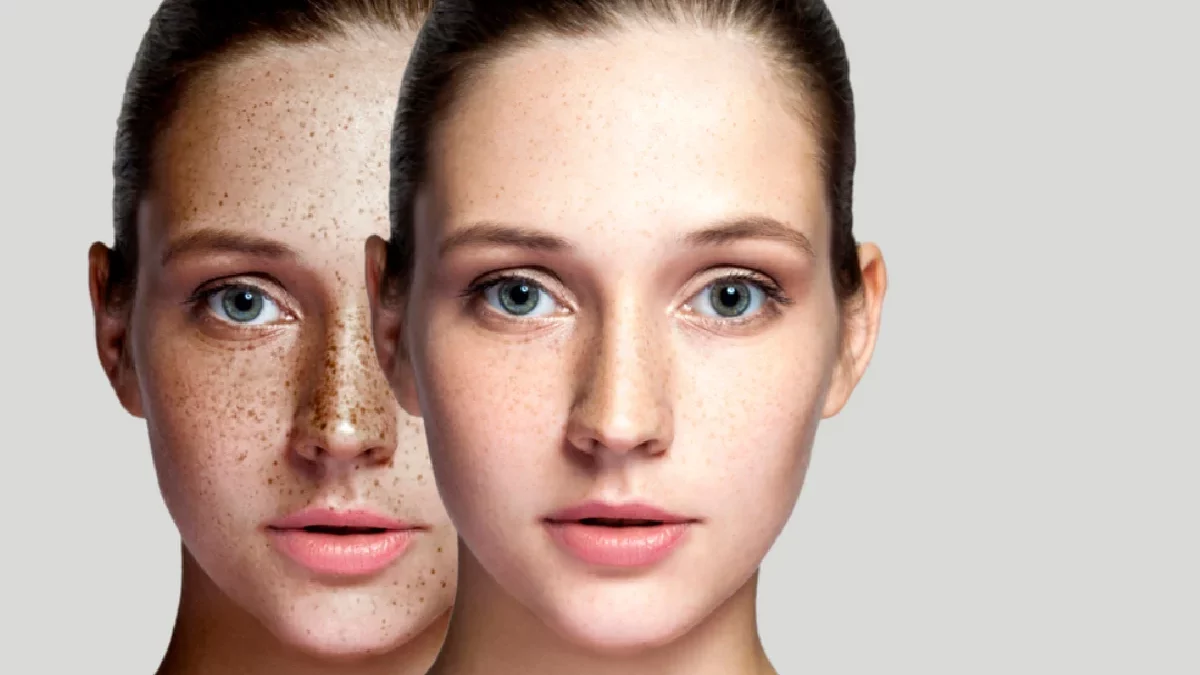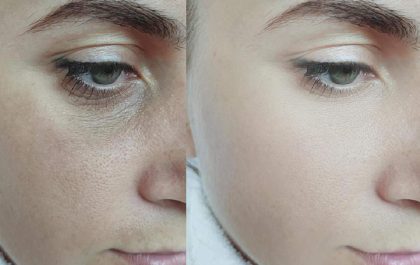Table of Contents
Introduction
Skin Patch: Hyperpigmentation, post-inflammatory hyperpigmentation, melasma, fungal infections, drug side effects, and vitiligo are all potential causes of skin discoloration, including black patches. Hyperpigmentation occurs when melanin production increases; post-inflammatory hyperpigmentation happens after injury; melasma is caused by hormonal changes; fungal infections such as Tinea versicolor cause darker patches; and some drugs may cause skin pigmentation changes.
Skin Patch (Skin Discoloration ) Causes
Skin discolouration is a broad term that describes any change in your skin that differs from your natural skin tone. These areas of discoloured skin can range in colour and may be:
- Red
- Pink
- Purple
- Tan
- Black
- Blue
While there are many inoffensive causes of skin discoloration , such as birthmarks, some cases of discoloured skin may develop from an underlying medical condition that requires diagnosis and treatment.
Discoloured skin patches may also commonly develop on specific body parts due to a difference in melanin levels. Melanin is the material that provides colour to the skin and defends it from the sun. When there’s an overrun of melanin, it can cause differences in skin tone.
An additional possibility is skin cancer, which a dermatologist must address immediately.
In this article, we cover numerous possible causes of skin Discoloration along with pictures so you can discuss any concerns you have with your doctor.
What Causes Skin Discoloration ?

There are many potential causes of skin discoloration , ranging from minor problems to more serious medical conditions. These may include:
- Birthmarks, which are discoloration skin spots that may be present at or shortly after birth
- Pigmentation disorders, such as melasma, albinism and vitiligo
- Medical conditions, such as rosacea, psoriasis, and graves’ disease
- Infections from harmful bacteria, viruses, or fungi
- Allergies, which may lead to hives or eczema rashes
- Skin cancer develops from damaged skin cubicles that become malignant (cancerous)
- Other sources, such as burns and medication side effects
Let’s look at these possible causes of skin discolouration in more detail.
Birthmarks
Birthmarks are discoloured skin spots that can develop at birth or soon after birth. They are typically inoffensive and don’t require treatment unless they become bothersome or painful.
Some mutual types of birthmarks include:
Moles.
Moles can appear on the skin at birth. It can range in colour from tan, brown, or black to red, purple, and blue. Some moles may even be the same colour as your skin. Most moles aren’t a reason for concern, but any variations in the size or shape of a mole can signal trouble and should be checked by a healthcare professional.
Dermal melanocytosis.
Bluish patches can appear on babies’ backs and young children, usually those of Asian descent. These blue spots are inoffensive and often fade over time.
Port-wine marks.
Port-wine marks are flat patches that seem pink or red on lighter skin tones, dark-purple or violet-red on darker skin tones. They remain caused by swollen blood vessels under the skin.
Salmon patches.
Salmon, red, or pink-coloured patches may develop on a baby’s face or neck. This birthmark tends to go away by age 1 to 3.
Strawberry nevus.
A red birthmark that’s mutual in young children and infants. This birthmark usually fades by age 10.
Deep hemangioma.
This type of mark also tends to disappear by age 10. Instead, it looks like a purple- or blue-tinted lump under the skin that may require action if it’s painful or breaks open and bleeds.
Hypopigmented macule.
A skin spot lighter than the rest of your body and tends to go away over time.
Skin Discoloration Treatment Overview
- Sunscreen to prevent hyperpigmentation caused by sun exposure.
- Topical therapies such as hydroquinone, retinoids, AHAs, and kojic acid help lighten dark areas and tone skin.
- Laser therapy targets pigmented areas while stimulating new, even-toned skin.
- Microdermabrasion uses a machine to exfoliate the skin’s outer layer.
- May recommend Medications such as more potent retinoids or corticosteroids
Cosmetic camouflage can temporarily conceal skin discoloration. - Addressing underlying medical concerns, avoiding triggering chemicals, and talking with a dermatologist about vitiligo treatment options can help improve the disease.
Conclusion
The immune system keeps the body strong by fighting off harmful agents that can cause infection and disease.
However, in people with autoimmune diseases, the safe system confuses healthy cells with something foreign and attacks them by mistake. As a result, it triggers inflammation throughout the body, resulting in various symptoms, including swelling and redness.
Related posts
Featured Posts
The Impact of Military Service on Veterans’ Health: Addressing Concerns
Military service is a profound and selfless commitment that can leave a lasting impact on those who serve. According to…
Youthful Radiance: Exploring Stem Cell Enhanced Facelifts in Beverly Hills
Stem Cell Enhanced Facelifts: Welcome to the epicenter of beauty innovation, where science meets luxury in the heart of Southern…



